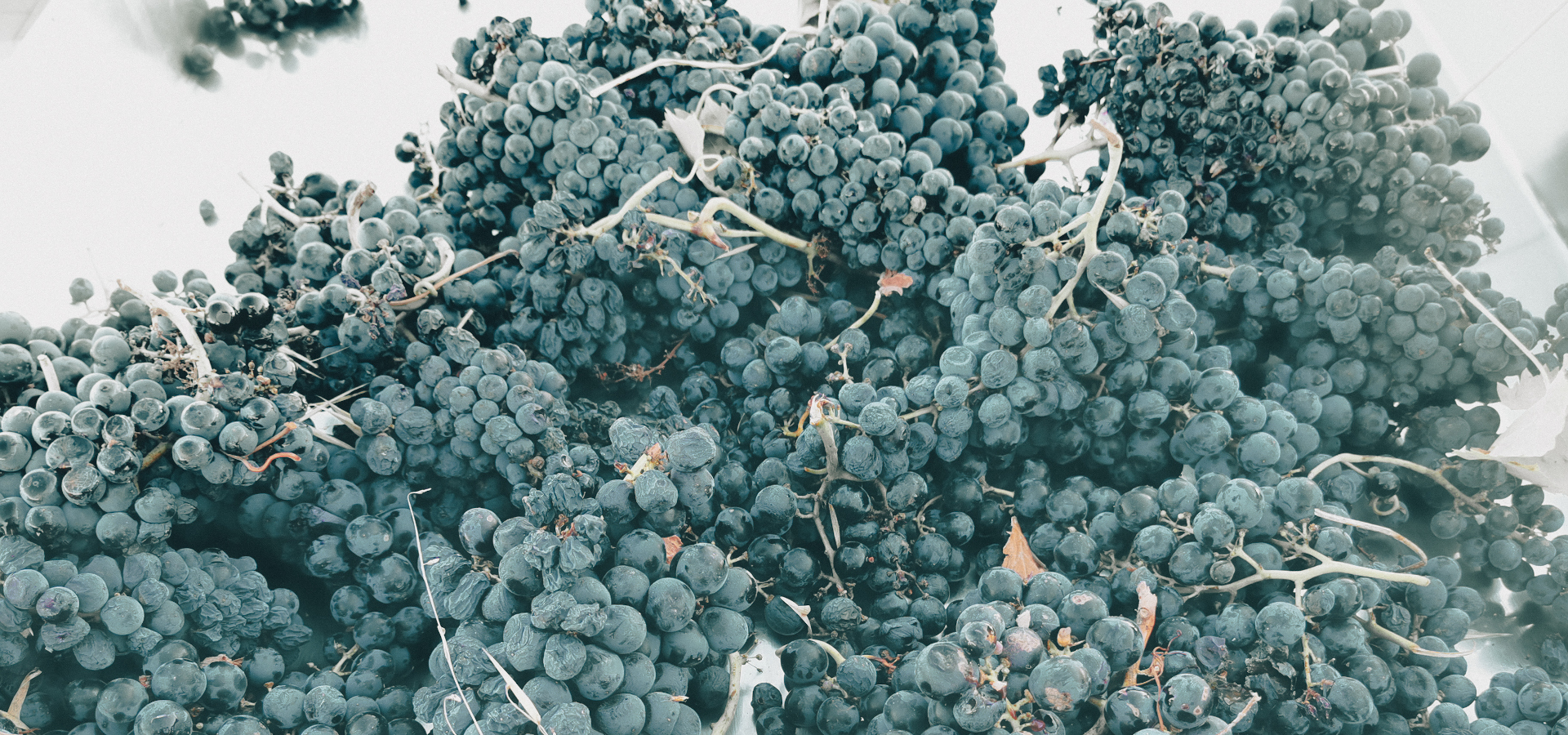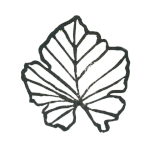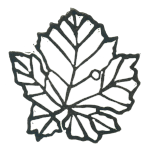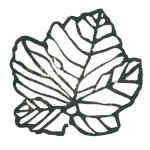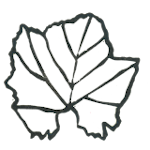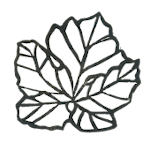Romangia is a great terroir, and even after all these years, Badde Nigolosu remains a mystery to us too. While beautiful, this place is complex, as is tending its vineyards and wines.
Our nine vineyards produce nine wines, which although completely different share important common traits: harmony, elegance, finesse, balance and above all ageability. This is what makes them rare, precious wines, which can hold their head high among the world’s best vineyard selections, neither suffering from presumption on one hand nor from an inferiority complex on the other.
We are winegrowers because we produce wine using only the grapes we ourselves grow.
We are artisans because we personally plan and perform every task required, whether in the rows or the cellar. We don’t need consultants.
Each plot in our Badde Nigolosu vineyard gives a unique wine every year, which bears the name of the plot itself: Dettori Bianco, Tuderi, Tenores, Dettori, Chimbanta, Ottomarzo, and Moscadeddu.
The painstaking attention and dedication given to the vineyards is the same you will find in the cellar.
We never perform chemical analysis on the grapes before harvesting, not wishing to unduly influence our experience and instincts. This is why the alcoholic strength of our wines varies from year to year. We don’t monitor ABV, total acidity or pH value. We’re not interested. We monitor the only thing that matters: balance.
The grapes are harvested by hand and quality-selected on a sorting table, then de-stemmed but not pressed. Maceration takes place in open concrete vats without using starters or sulphites.
The duration of maceration depends on the characteristics of the grapes and the must, and can last from two to ten days. Longer macerations are not traditional. Racking is always done by hand to protect the skin. The must continues its journey in small concrete tanks until bottling. Not all the wine in the tanks will be bottled; some will be downgraded and bottled as Renosu. We are our own worst critics.
We don’t need oak to soften the tannins, thanks to the skilful work done in the vineyard: when the grapes reach the cellar, they already have everything it takes to make a great wine.
We don’t perform filtration, but clarify by means of natural gravity-settling, and the cold winter temperatures in the cellar help the wine to stabilize.
From the grapes of our vineyards to the bottle without the addition of other substances permitted in wine production.
Our ingredients, improvers, and additives are one and the same: grapes.
Our wines should be stored above 10°C, and need rest after transport. Once opened, they should be allowed to breathe for a while. Any presence of sediment or CO2 is natural. The wine should always be drunk cool, both whites and reds at around 13°C. Each bottle must be different. Each bottle is numbered.
This is because we want our wines to represent the essence of our terroir: truthful, real, unique. These are free wines: free to express themselves, and free to fully express their provenance, since they are quite simply fermented grape juice. These wines are not slaves to commercial and marketing concerns. Nor are they designed and artfully packaged for an exclusive market.



